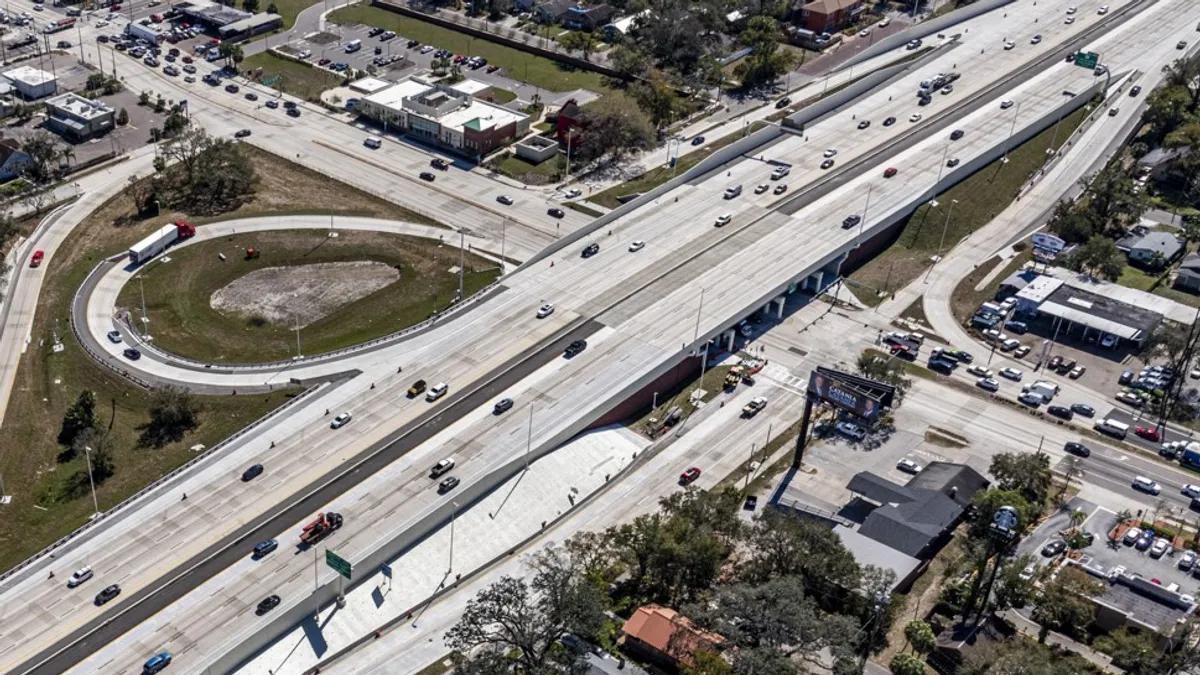The New York City Metropolitan Transit Authority's Construction & Development division has a record-keeping problem, according to a new report.
The report on the agency's data filing practices from the MTA Office of the Inspector General paints an abysmal picture of data retention regarding construction projects in the city's transit system, showing that files are missing for many projects with some having as little as 21% of the necessary data.
Over the course of the three-year investigation, the OIG examined record keeping on two different filing systems — Constructware, the original software that contractors uploaded documents to, and Asite, the current filing program that is used by MTA C&D on its construction projects.
From a sample of construction projects, the OIG found only half of the required project files needed by MTA C&D. The missing files hadn't been uploaded to Constructware, as was mandated by the contracts involved and agency policy, and the practice continued once the MTA migrated to Asite.
Another Achilles' heel, writes the OIG, is that there is no system in place to make sure that the document filing is even happening.
"No one is held accountable for failing to comply with document retention requirements in part because no one is checking," according to the report.
A large part of the problem is the list of instructions needed to upload documents to the system, which the OIG referred to as "daunting" at about 62 pages long. Additionally, the OIG found that an inability to link preconstruction documents to construction documents in the database weakened the overall quality of the data.
"The absence of complete project records significantly diminishes the database's value and reduces the overall efficiency of the project management process," wrote the OIG.
Marks for improvement
The OIG recommends that in order to improve its file management, MTA C&D must:
- Revise its uniform filing system to establish a streamlined, clear and concise filing protocol covering all required project documents, which is manageable and without duplicate filing locations. The current protocol has subheadings that could feasibly allow documents to be stored under several different categories, making searches far more difficult.
- Train and hold accountable project staff tasked with enforcing contractual requirements concerning document management in Asite.
- Initiate a compliance audit and enforcement program on document management as soon as possible. The OIG recommended that the report select a certain unspecified number of projects each year, with the report rising up the chain of command, along with any actions used to address noncompliance.
- Link all preconstruction design records maintained outside of Asite to construction phase Asite documents to create a complete project record.
Kyle Hamer, the chief marketing officer in North America for Asite, wasn't surprised by what the report found.
"Construction as a whole struggles with standardization. Contractors, regardless of size, struggle with adoption and compliance. And getting them to use a new system is challenging, it doesn't matter what the software is," Hamer told Construction Dive.
"If anything in there, it just further identified the work that we have to do across the industry, getting people used to using technology and further simplifying and making that process easy."
Adapting to the system
MTA C&D is in agreement with the OIG, and plans to implement all of the recommended changes, according to Jamie Torres-Springer, president of MTA C&D.
"Work is well underway to improve Asite, including the recommendations contained in the report, with a target of full implementation by the end of 2022," he said in a statement sent to Construction Dive.
However, for construction firms that perform work for the agency, this may not be simple.
Erik Ortmann, a partner at New York-based law firm Kaufman Dolowich Voluck, said that an important point of focus for contractors is how they will be supported in training staff to work with systems such as Asite.
"It could be something that contractors say, 'Hey, that's not a problem. We've done similar things before, and our people can shift from program to program easily enough. And we can train them in there too, and we're fine.' Or maybe something where it becomes more of a challenge. And we're not going to necessarily know exactly how that'll play out until we start to see enforcement and compliance build up," Ortmann said.
Ortmann also expressed concerns about an apparent lack of input from contractors on the proposed fixes within the report. Nevertheless, MTA C&D Spokesperson Michael Cortez, when asked about contractors having the ability to have input on the fixes mentioned in the report, said that they were a part of the process and will continue to be.
"Construction & Development is in continuous dialogue with contractors and other stakeholders as it builds and modifies systems to manage project work," said Cortez in a statement sent to Construction Dive.
MTA C&D is currently soliciting 21 projects and saw recent bids for hundreds of millions on certain projects, and more could be on the way following President Joe Biden's signing of the bipartisan infrastructure act last year.
"[MTA C&D] is trying to build a better mousetrap. We all want to see projects done efficiently. And well. We want to see communication, we want to see documents loaded into systems and have communication," Ortmann said.





















